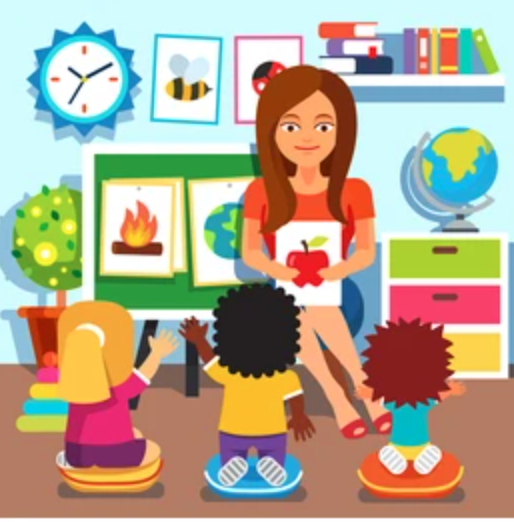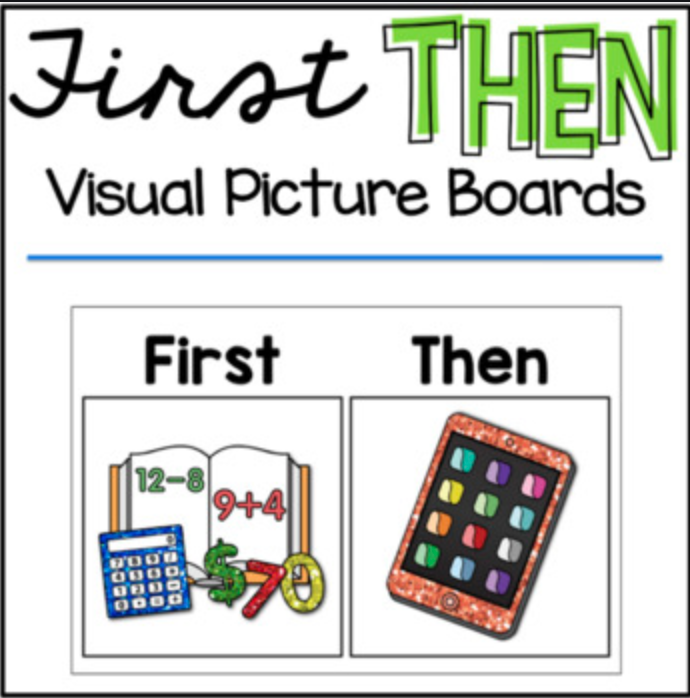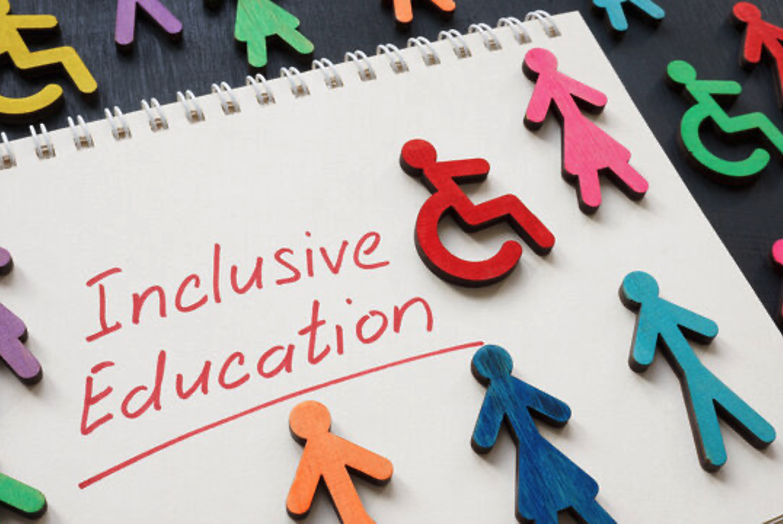Evidence-Based Strategies for Learners with Special Needs

Why it is important to design and structure successful learning environments?
Communication Strategies
There are some Evidence-Based strategies that can easily be implemented with minimal support and training to parents and educators. These include visual supports, reinforcement and prompting. Visual supports are items that can replace or is paired with a verbal cue. This can be in the form of a photograph, picture, word, object, script, or even a label. Visual supports help to organize the learner’s day and provide the ability to communicate their wants/needs. One type of visual support that can be used is the Picture Exchange Communication System (PECS). This visual support systems helps the learner to engage in functional communication through receptive and/or expressive turn taking strategies. It is a great tool where the learner can put pictures together on a sentence strip that forms a phrase or sentence and therefore the learner is able to communicate to a partner. The PECS system is not just for non-verbal students, it is even essential for learners who have expressive/receptive language.
Another visual strategy to use is a First/Then board. This is often used to help with reducing tantrums during work on non-preferred tasks. The learner has a picture of the “First” item (such as work time or the non-preferred task) and a picture of the “Then” picture which they are working for (such as iPad, toy or tangible item). They realize that when they complete the first task, they earn the next pictured item. The teacher would prompt the learner by repeating the phrase “first work, then get iPad.” This verbal prompt reminds the learner of what they are working for and reduces anxiety and unpredictability.
Reinforcement is another Evidence-Based practice that is an essential element towards providing a successful learning environment. Positive reinforcement is giving a desired consequence after the learner demonstrates the required behavior. Positive reinforcement adds a stimulus (such a praise or tangibles) in order to have the learner repeat a specific or desired behavior. An example would be that if the student responded to a peer appropriately, he/she could be rewarded with a tangible item or praise (whatever he/she responds positively to).
Prompting is another evidence-based strategy that can be recommended for the classroom. Prompting can come in the form of a gesture, verbal communication, visual supports, modeling, or physical touch. This helps the learner to learn a new or desired skill. When the teacher or support personnel asks the student to complete a desired task, a prompt would be given if the student does not attend to the task within a certain amount of time. Whether the delay in time is 5 seconds or 30 seconds, a prompt would then be provided. The delay time is established again by the team to determine when the prompt should be initiated. An example could look like this: Student is asked to stand up from their chair and place materials in their cubby. If the student were to hesitate or not respond, a physical touch from the teacher onto their back or arm would prompt the student to stand up and make their way to their cubby. A prompt can be decreased in intensity by moving from verbal prompt all the way to down to gestures.
Overall, collaboration between all supports and service providers have the ability to create successful outcomes for the learner, the family and the entire collaborative team. Sharing of information and consistency in involving various strategies help to make this process smooth and efficient. When everyone is on the same page, the learner is able to adjust to the provided supports.
Related posts






